Naturally, men are thought to be in charge of love because, when we turn back to the past, Shah Jahan constructed the Taj Mahal for his beloved wife Mumtaz, right? Perhaps we haven’t delved far enough into history.
The stalwart women of India didn’t hold back when it came to scripting history, and their accomplishments speak for themselves.
Many tourists visiting the historical spots would have no idea that the mighty women had taken charge of building monuments to express love, pay homage, or even do business. Have a look.
1. Lal Darwaza Masjid, Jaunpur
Rajye Bibi, Sultan Mahmud Sharqi’s queen, built and dedicated this mosque to Saint Sayyid Ali Dawood Kutubuddin which is situated on the outskirts of Jaunpur, Uttar Pradesh. The vermilion-painted entrance of Queen Bibi Rajye’s royal palace, which stood close to the mosque, gave it its name The Queen was also recognised for founding Jamia Hussainia, a religious school near Jaunpur’s Lal Darwaza, which still exists today.
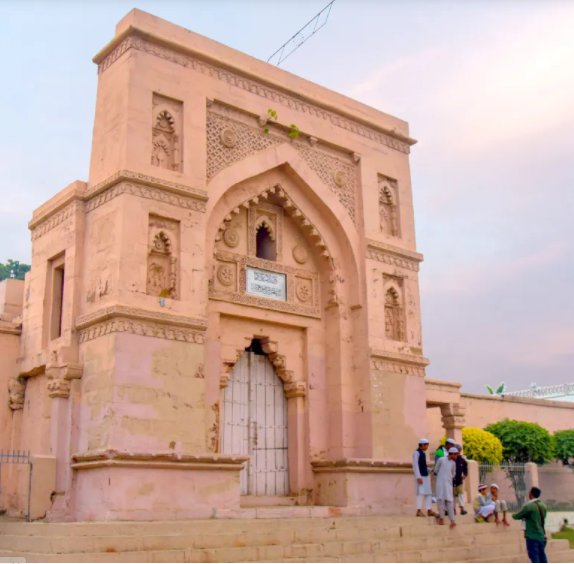
2. Virupaksha Temple, Pattadakal
The temple, dedicated to Lord Shiva, was built in the 8th century by Queen Lokamahadevi to commemorate her husband Vikramaditya II’s victory against the Pallavas. It is located in Karnataka’s Bagalkot district. The Virupaksha Temple is sometimes referred to as the ‘Lokeshwara Temple,’ after the queen who built it. This temple is a part of Pattadakal Group of Monuments, a UNESCO World Heritage Site
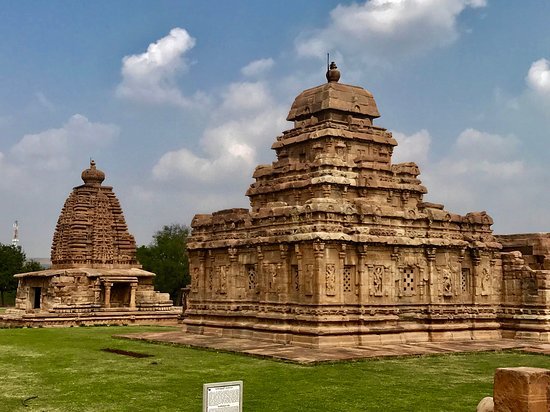
3. Khayr al-Manazil, New Delhi
Maham Anga, Akbar’s wet-nurse, built the Khayr al-Manazil Masjid in New Delhi in 1561. During Akbar’s childhood, she dominated the Mughal empire as a powerful woman in the court. Scholars believe the mosque served as a madrasa and the dalans functioned as classrooms. The mosque’s high peripheral wall, as per some scholars, was related to its function as a women’s madrasa.
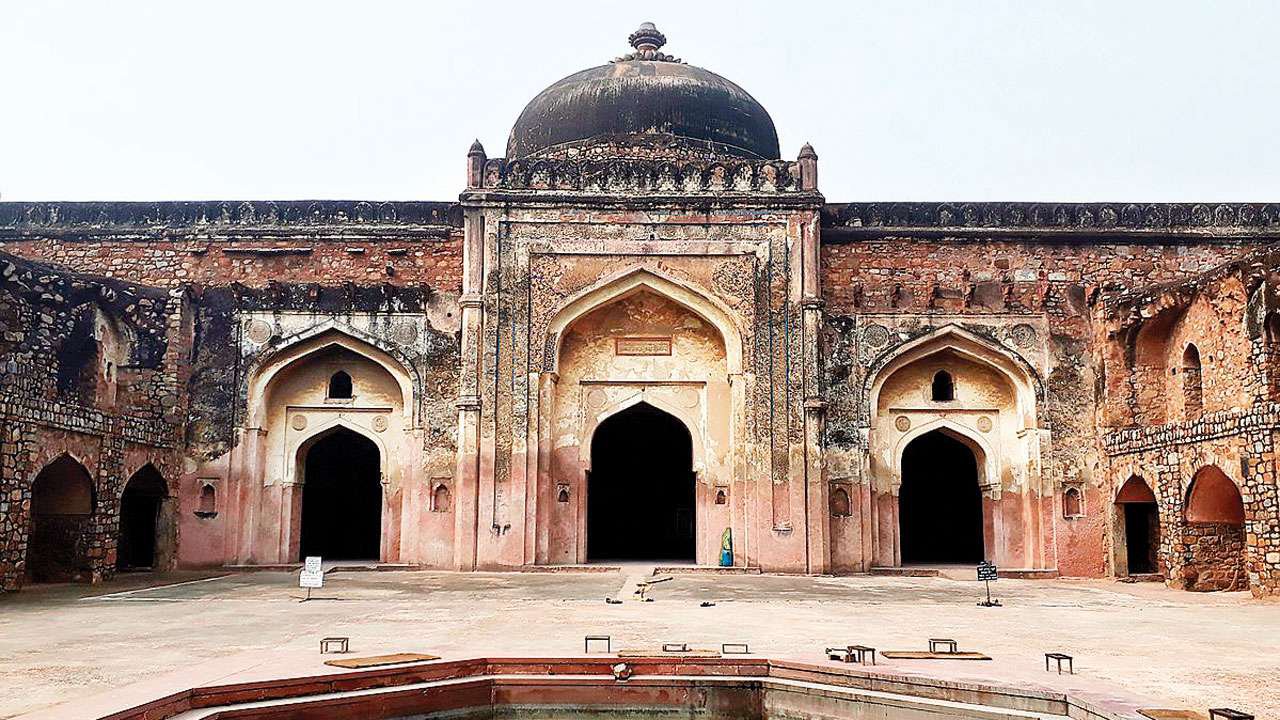
4. Mirjan Fort, Karnataka
The Portuguese nicknamed Queen Chennabhairadevi of Gersoppa Raina de Pimenta (The Pepper Queen) because she ruled over the best pepper-growing territories. Several artisans sought sanctuary with the queen due to hostilities in other regions. In exchange, they assisted the queen in the construction of her own fort at Mirjan in the 16th century.
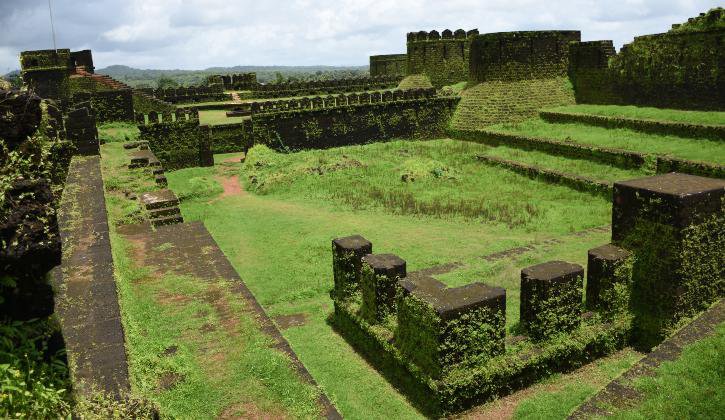
5. Rani ki Vav, Patan, Gujarat
In 1063, Udaymati created this inverted shrine to honour water for her husband King Bhimdev I of the Solanki dynasty. After a flood in the Saraswati river piled silt, the step-well was gone. Years later, excavations found that the silt had aided in the conservation of the engravings. The site has been used in several regional films, and it was designated as a UNESCO World Heritage Site in 2014.
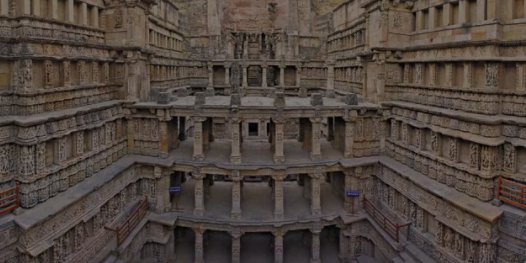
6. Humayun’s Tomb, New Delhi
The structure was built in 1565-72 by Hamida Banu Begum, also known as Haji Begum, and is one of the oldest examples of Persian architecture incorporating Indian themes. Despite the fact that Sikandar Lodi’s tomb was India’s first garden tomb, it was Humayun’s tomb that established a new craze, the culminating achievement of which is the Taj at Agra.
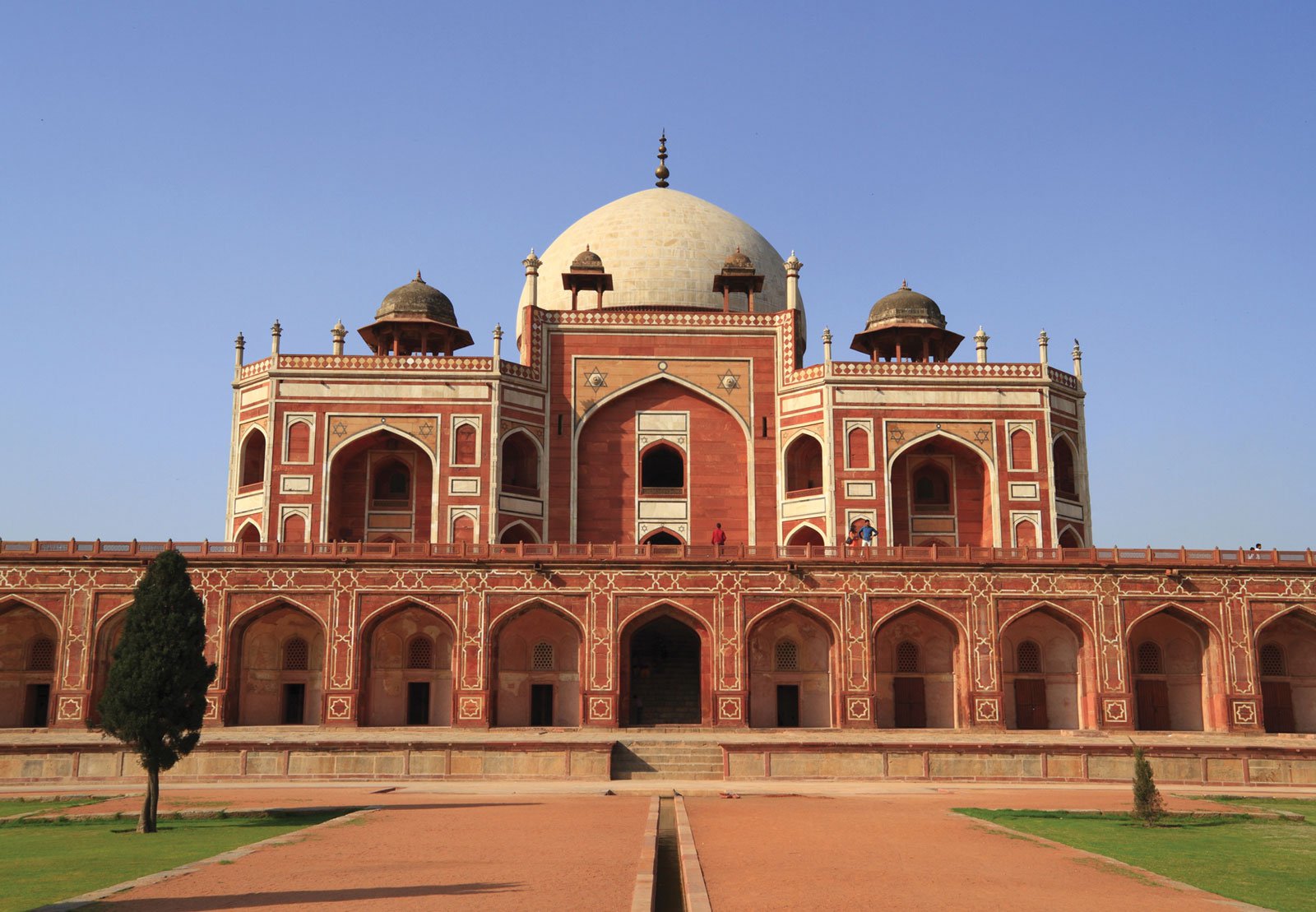
7. Itimad-ud-daulah, Agra
Taj Mahal, step aside! This meticulously built mausoleum is the first of its kind and a daughter’s memorial to her father. Between 1622 and 1628, Empress Noor Jehan constructed India’s first marble tomb for her father, Mir Ghayas Beg. This mausoleum, built on the banks of the river, is the original inspiration for the Taj Mahal, which was built for Noor Jehan’s wife, Mumtaz, by Noor Jehan’s son, Shah Jahan.
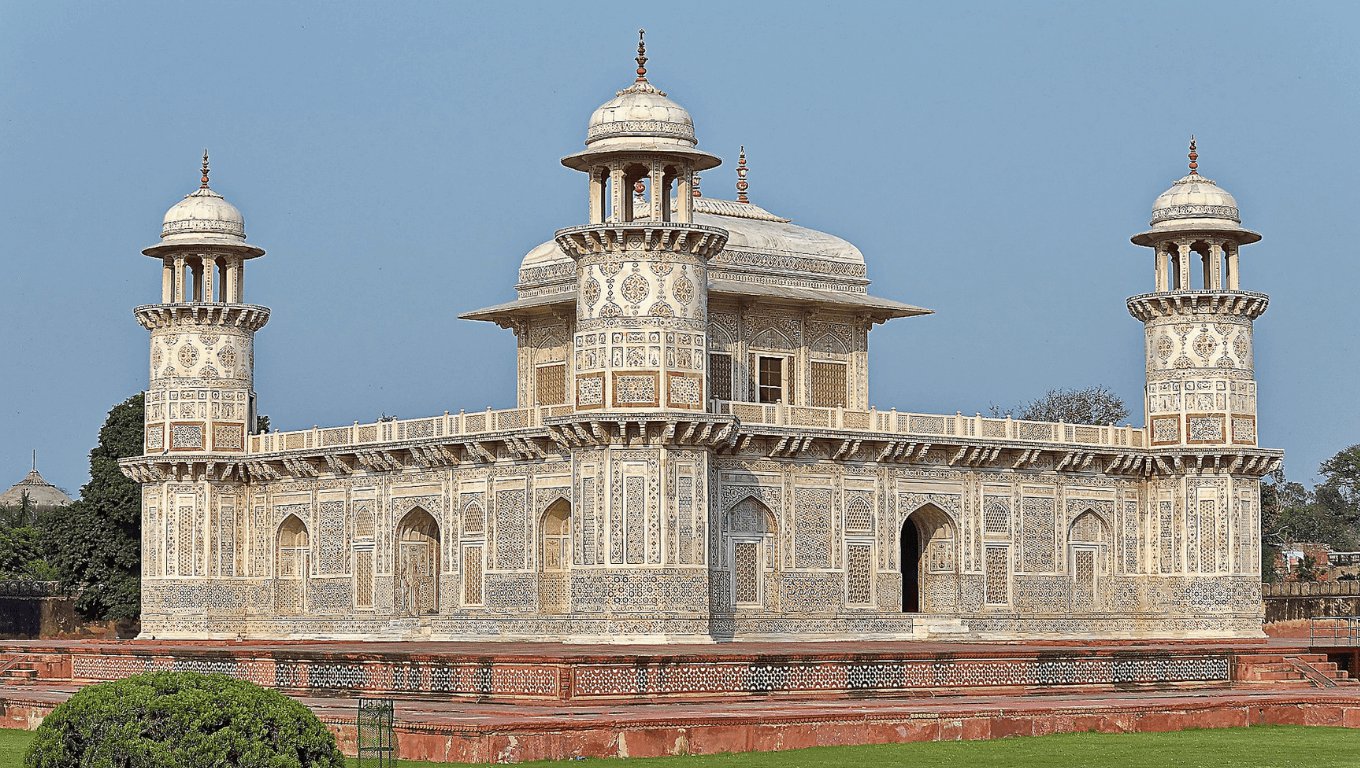
How many of the above did you know?
Check – famous sports women

















